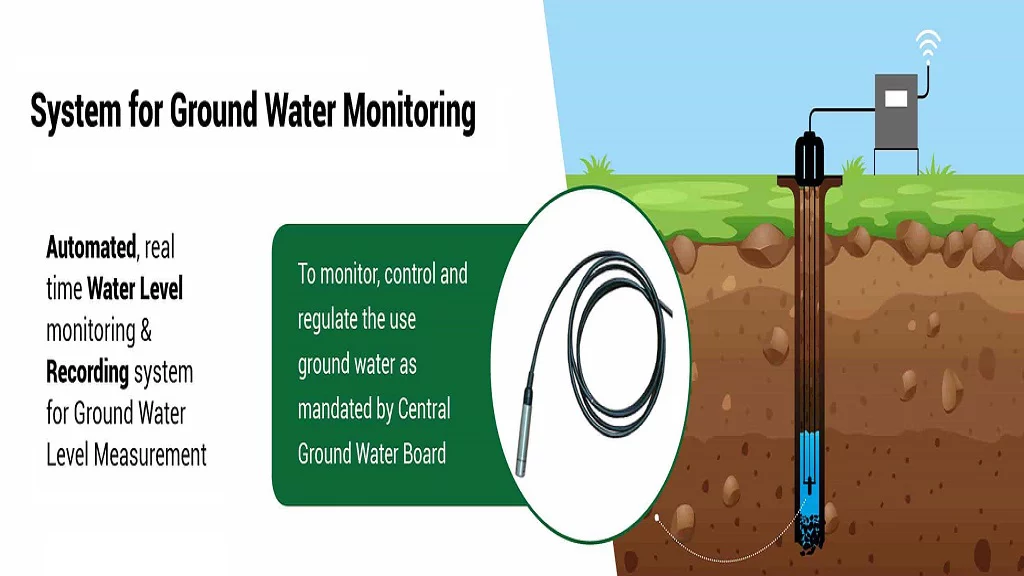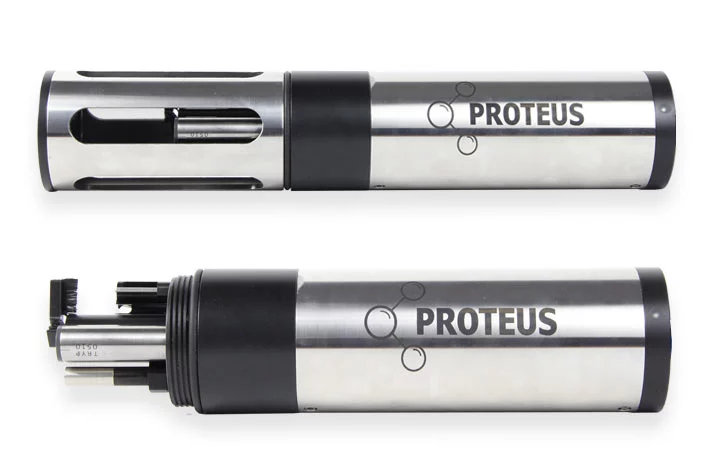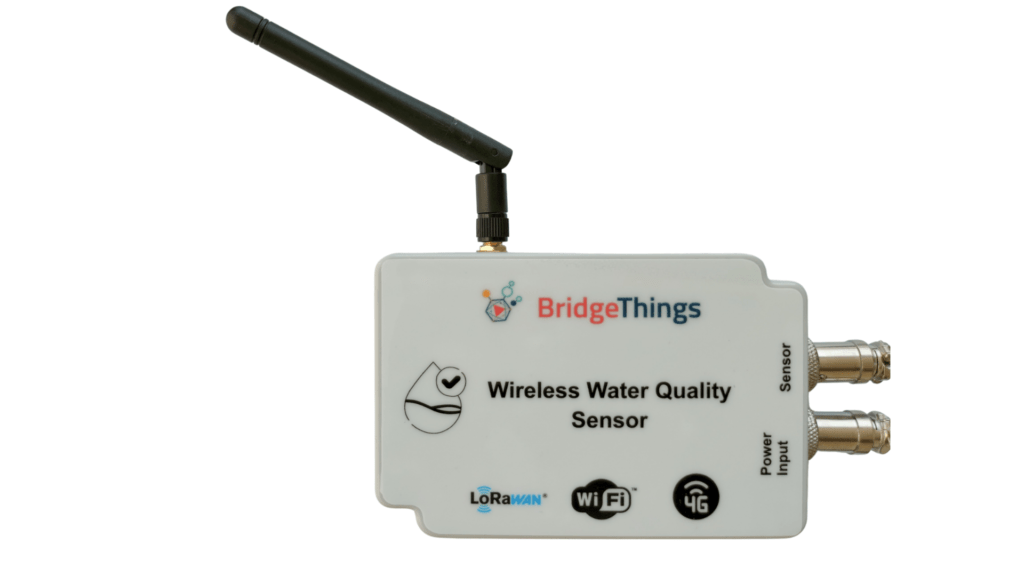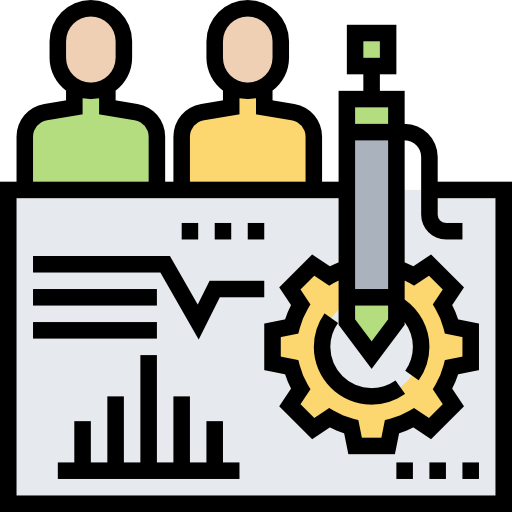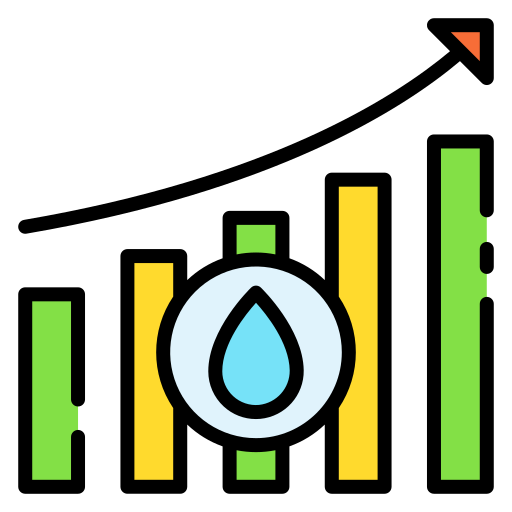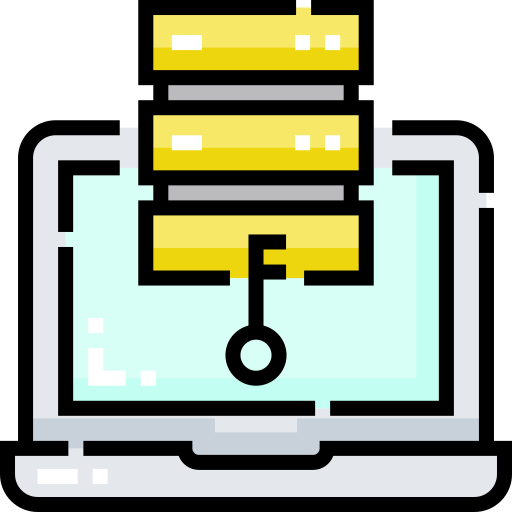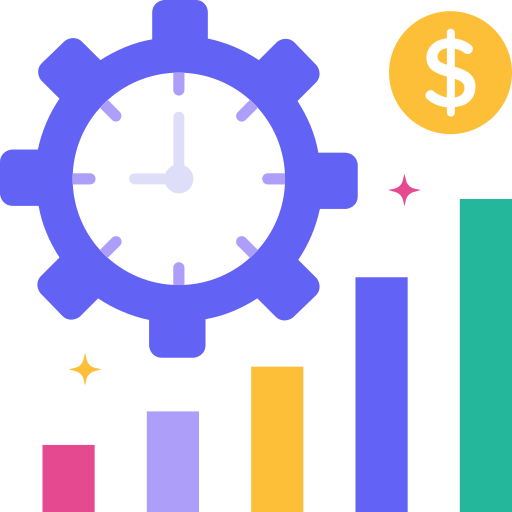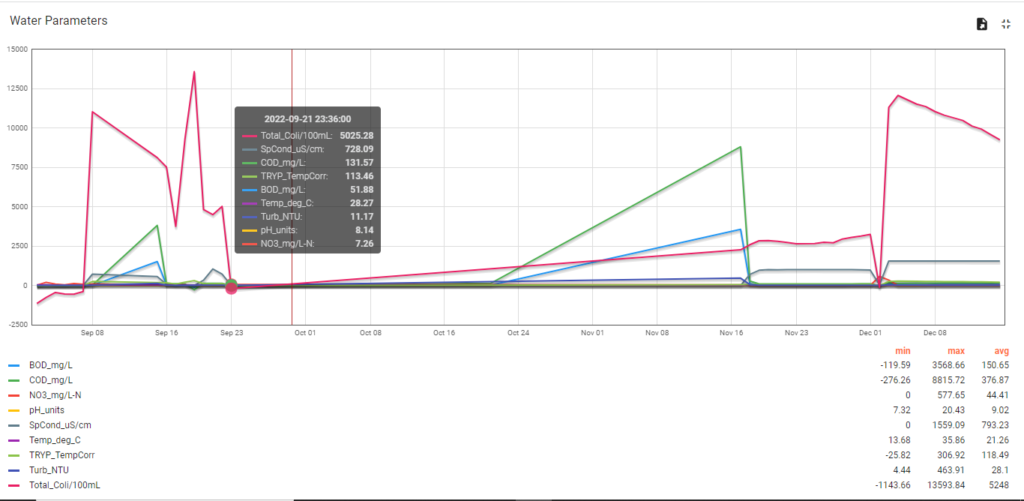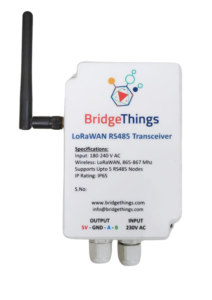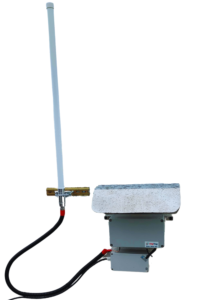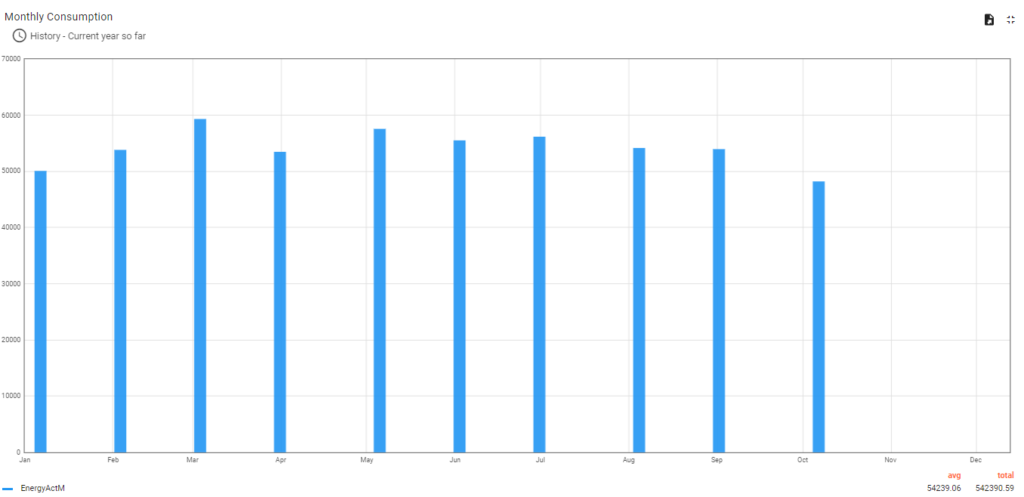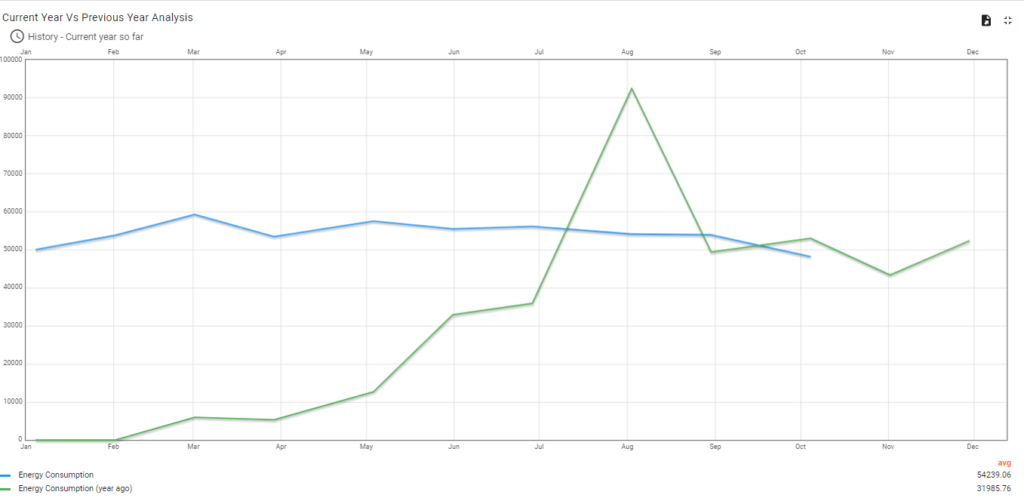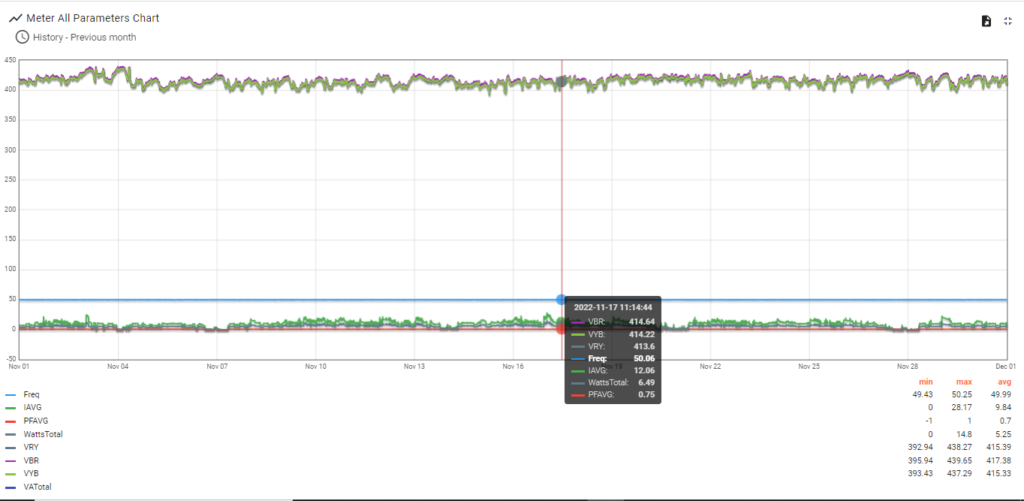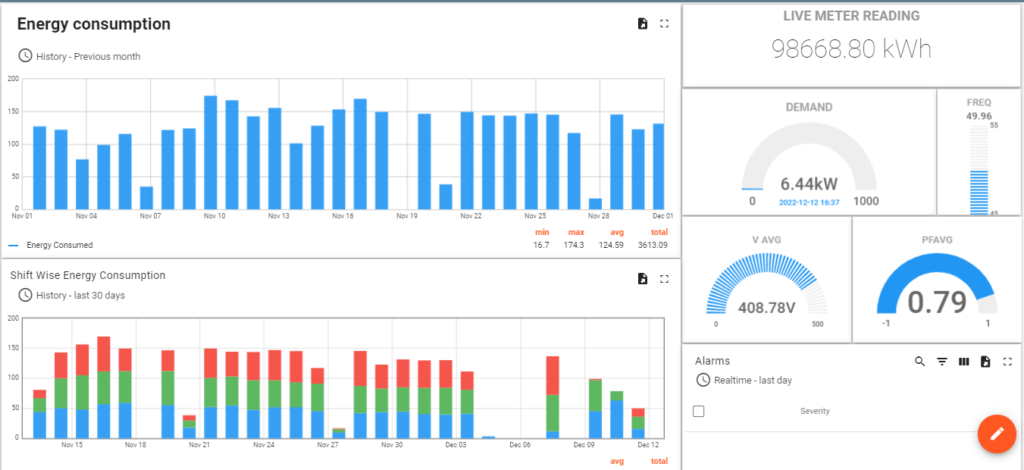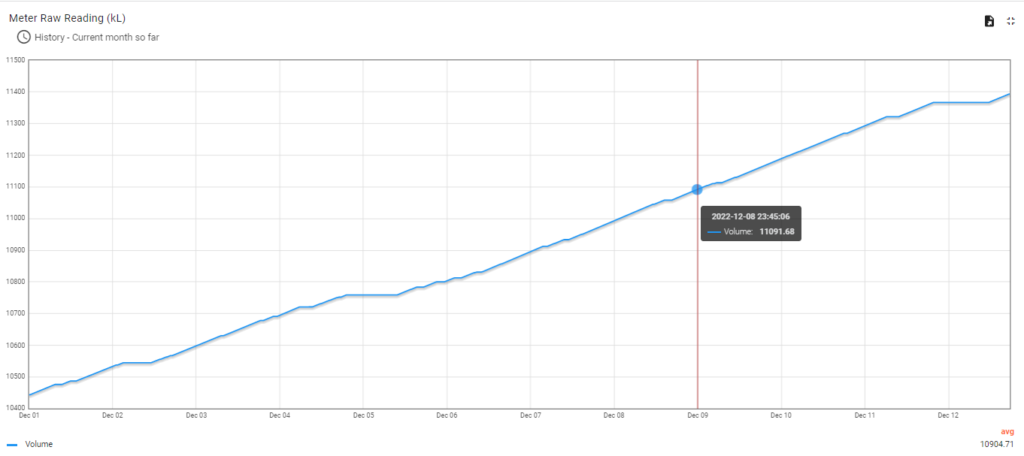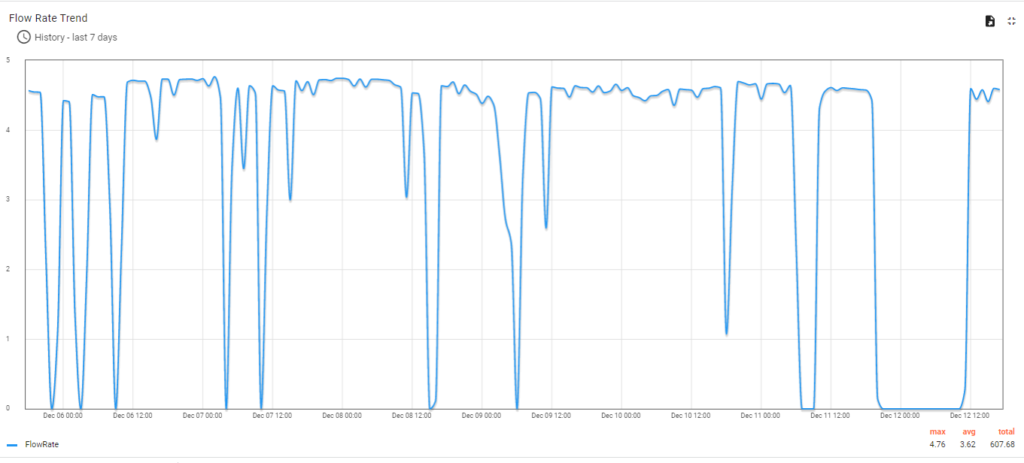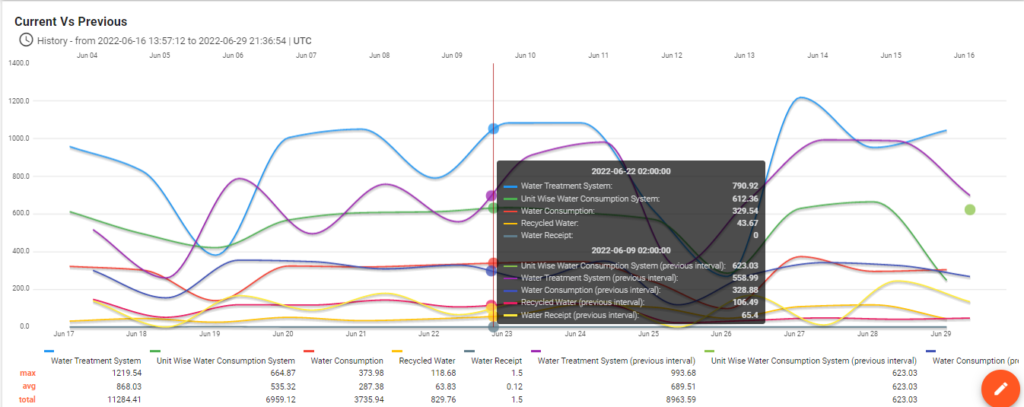Case study: Maximizing Water Efficiency in Industries through Groundwater Level Monitoring
About Customer
Our Client provides environmental services and solutions to industries and government bodies. They offer various services, including environmental assessments, site remediation, hazardous waste management, and air and water quality testing. They also provide support for environmental compliance and sustainability initiatives. Their goal is to help clients reduce their environmental impact and improve their overall environmental performance.
Project Requirement
Challenge
Many industries depend on groundwater for their functions. Still, inadequate monitoring and management of groundwater levels can lead to depletion and contamination of this vital resource. Hence, our customers need to monitor the Groundwater level parameters (level, temperature, barometric pressure, and pressure) as per the CWGA Guidelines.
Traditional groundwater monitoring methods often involve wired sensors and data transmission systems, which can be expensive and labor-intensive to install and maintain.
BT Product
A groundwater level data logger is a device that measures and records groundwater levels over a while. It typically consists of a water level sensor, a data logger, and a power source.
The water level sensor is used to measure the groundwater’s depth below the surface. The data logger is used to store the data collected by the water level sensor and may also be able to process and transmit the data.
The power source is used to power the data logger and the water level sensor. It could be a battery, a solar panel, or an external power source.
Telemetry is the process of transmitting data from one location to another. It can be done using various technologies, such as Lorawan or cellular. In groundwater level monitoring, telemetry can transmit data from the data logger to a central monitoring system.
By combining a groundwater level data logger with telemetry, industries can monitor groundwater levels in real time and collect data over long periods. This can be useful for understanding changes in groundwater levels and managing water resources sustainably.
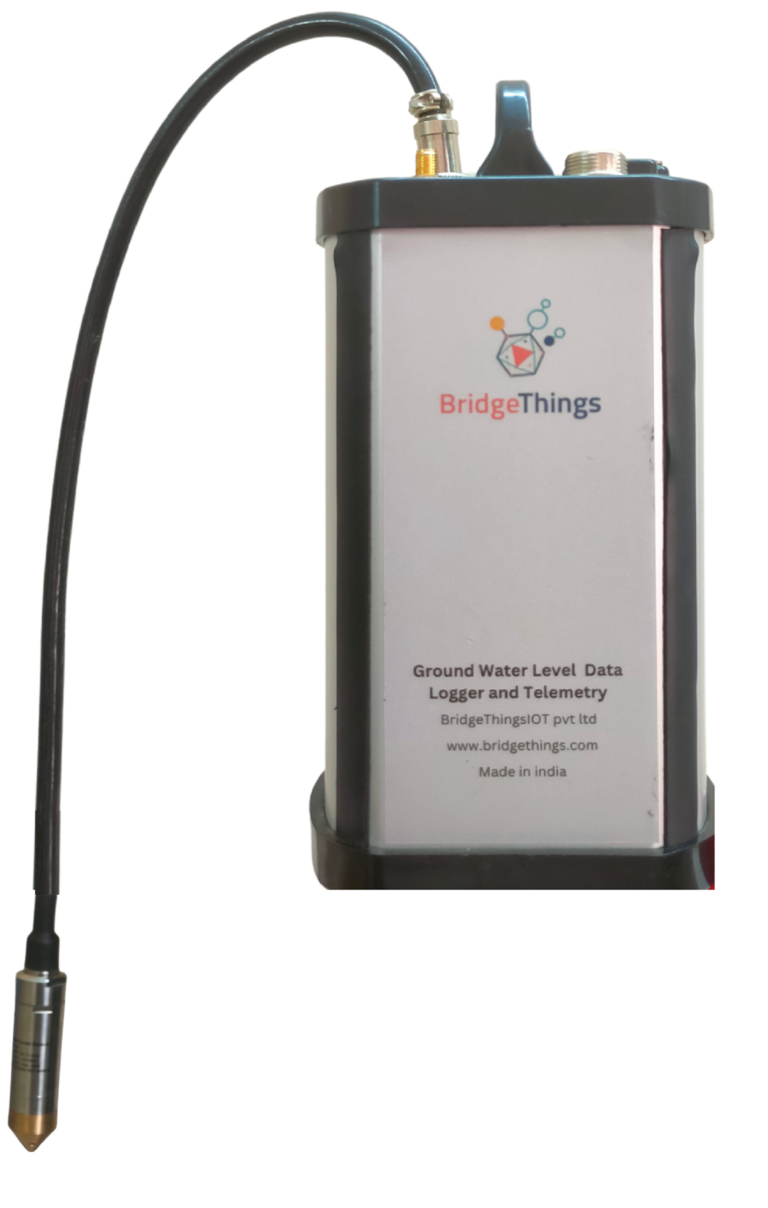
Proposed solution
We implemented a wireless groundwater level monitoring system using BridgeThings 4G RS485 transceivers and an IoT platform to address these challenges. The 4GRS485 transceiver is a wireless communication device that enables the transmission of data over long distances. The device is equipped with a 4G cellular modem to connect to the internet and transmit data to an IoT platform. On the other hand, the IoT platform is a cloud-based platform that enables collecting, storing, and analyzing data from various sensors and devices.
In this case study, the 4GRS485 transceiver was installed in various industries across India that use groundwater for their operations. Connected the device to a groundwater level sensor placed in the well or borehole. The sensor measured the groundwater level in real time and transmitted the data to the 4GRS485 transceiver. The transceiver then sent the data to the IoT platform, where it was stored and analyzed.
Out Come
-
- It has allowed for real-time monitoring of groundwater level parameters.
-
- the platform allowed for the data to be easily shared with relevant stakeholders
-
- Including the ability to track changes in groundwater levels over time
-
- It could alert operators if levels reach critical.
Dashboard

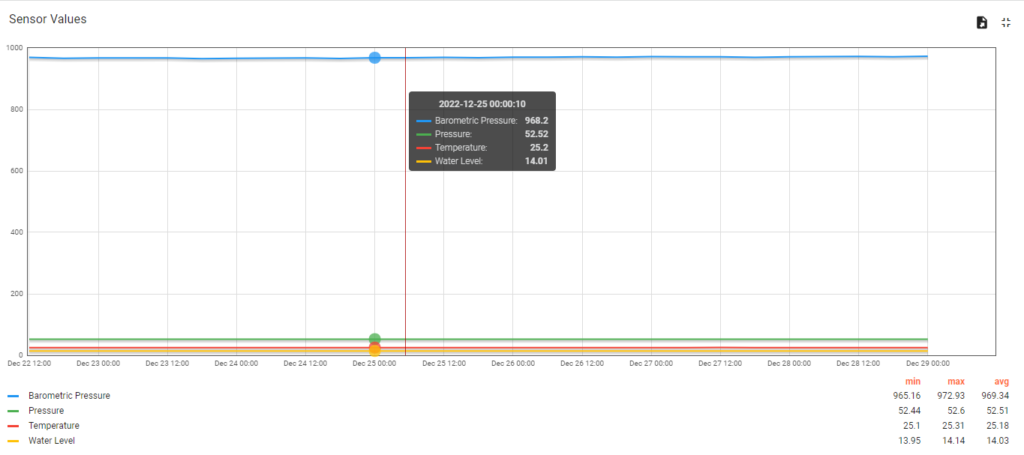
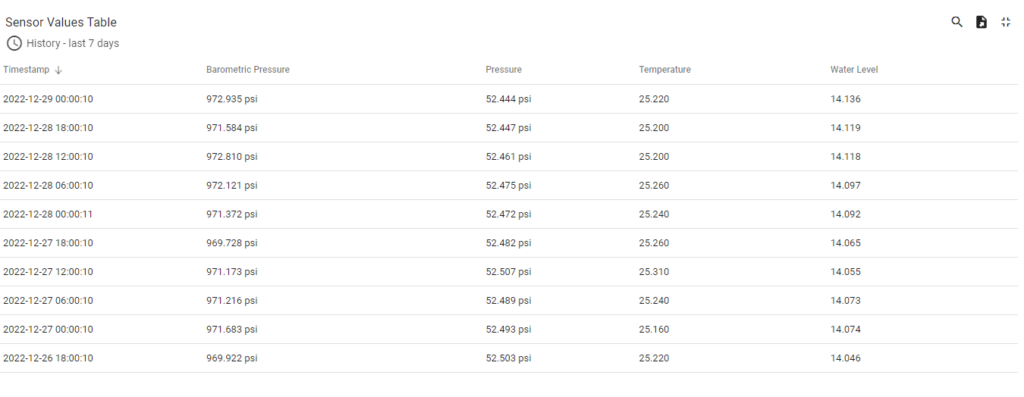
Conclusion
The use of wireless groundwater level monitoring with 4G RS485 transceivers and an IoT platform has proven to be an effective solution for industrial companies looking to monitor and manage the impacts of their water usage on the environment. It provides real-time data collection and analysis, reduces costs, and improves the accuracy and reliability

